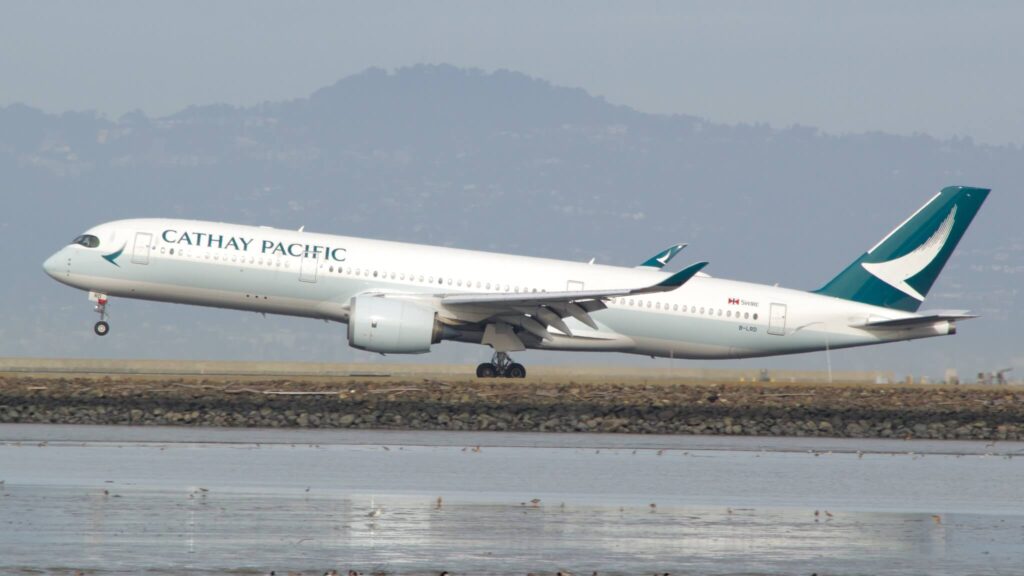Cathay Pacific, the flag carrier of Hong Kong, has finally received some good news as the Government of Hong Kong announced a HK$27.3 billion (US$ 3.5 billion) bailout package for the airline, consisting of loans and share purchases. This news comes as a major relief for the airline as Cathay Pacific has been through a rough period for almost a year due to the Hong Kong protests and the Coronavirus pandemic.
Overall, Cathay Pacific plans to raise HK$39 billion (US$5 billion) of fresh capital to survive the storm brought about by the pandemic. A majority of the capital will be provided by the Government, while the remaining amount will be raised through the issue of fresh stock.
As part of the deal, the HK Government will set up a new company called Aviation 2020 to purchase 6.08% preferential shares worth HK$19.5 billion. Preferential shares provide equity in the company but with limited voting rights and no involvement in the carrier’s day-to-day operations. The deal also allows for a further HK$1.9 billion purchase of shares at a later date by the Government. The purchase of shares entitles the government to two “observer” boardroom seats to oversee government concerns. The remaining injection will be in the form of a loan worth HK$7.8 billion.
In a statement, Patrick Healy, Chairman of Cathay Pacific, said: “The airline is grateful for the government’s capital support, which allows Cathay Pacific to maintain our operations and continue to contribute to Hong Kong’s international aviation hub status.”
Swire Pacific, the parent company of Cathay Pacific said they too support the injection and restructuring of the airline. Swire holds the maximum stake in Cathay, but once the government injection is complete, they will see their 45% stake be reduced to 42.3%. Other stakeholders, Air China and Qatar Airways will also see their stocks in Cathay reduced to 28.17% and 9.38% respectively.
Cathay Pacific was one of their first airlines in the world to park part of their fleet due to the pandemic and does not expect the pre-COVID demand return for quite some time.

